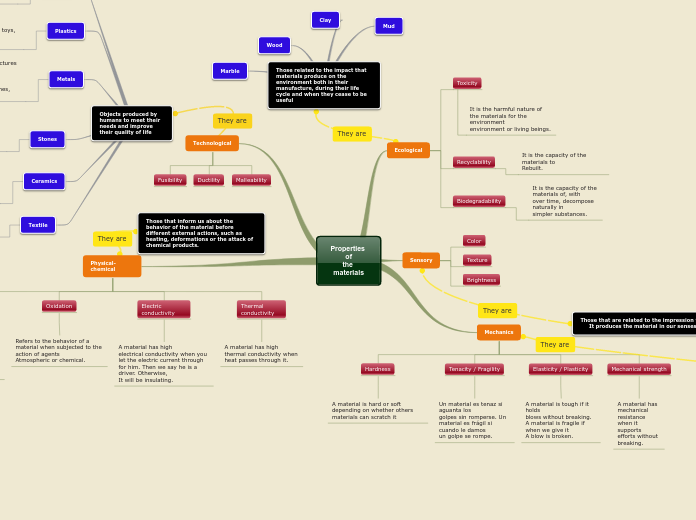by MARTIN ALAVEZ RAMIREZ 6 years ago
522
Properties of the materials
Esta es una muestra de mapa mental

by MARTIN ALAVEZ RAMIREZ 6 years ago
522

More like this